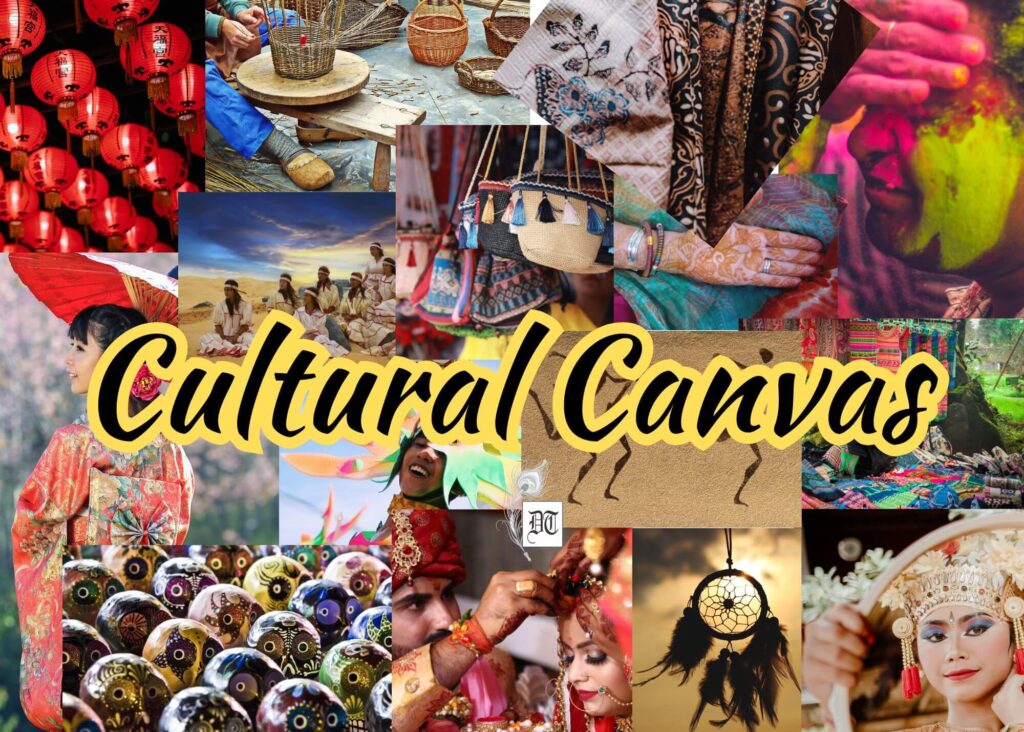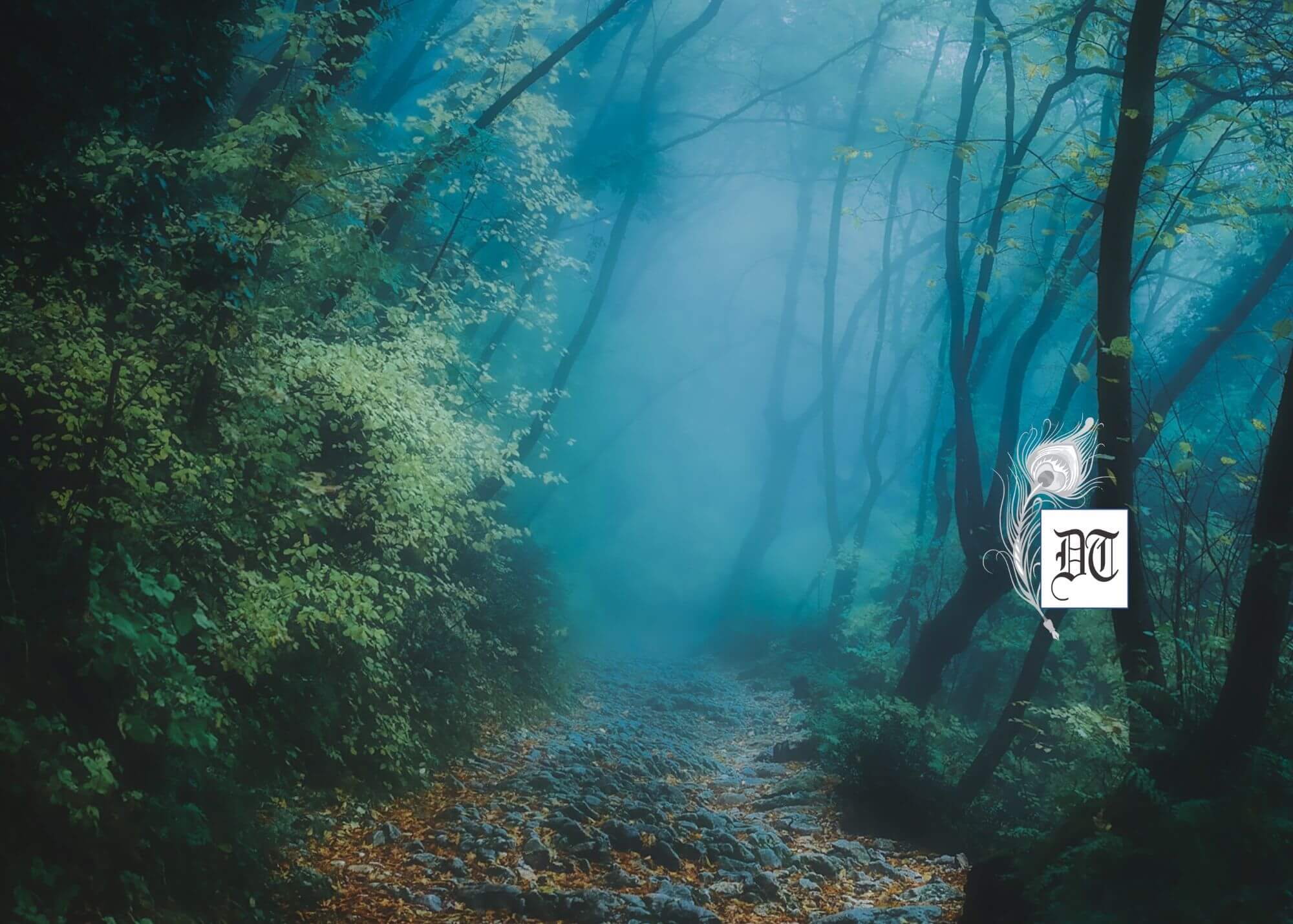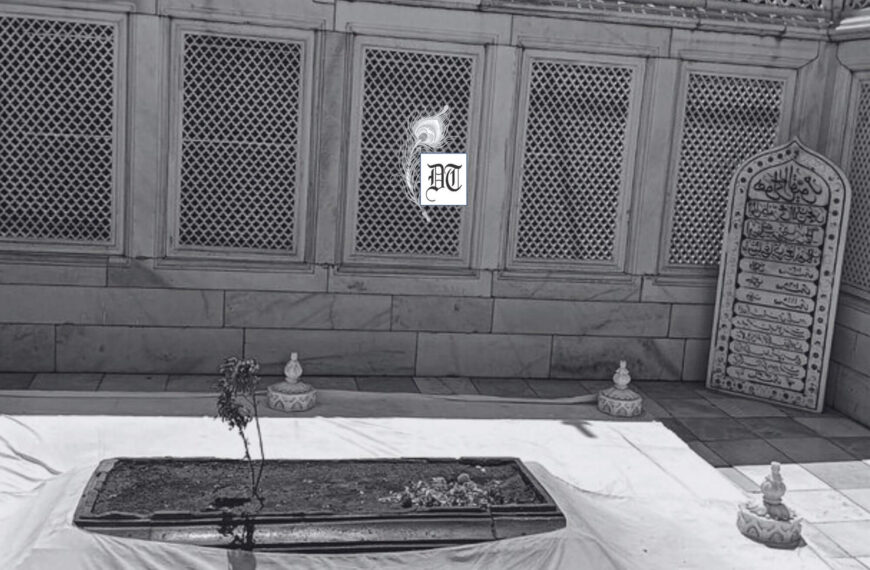Monika delves into the history of shawls, a culturally significant cloth that has been woven for centuries, providing warmth, beauty, and identity, exclusively for Different Truths.

The story of the shawl begins in the dawn of human civilisation, an object as simple as cloth but layered with deep cultural, emotional, and practical meaning across centuries. Since time immemorial, the shawl has woven its way through history, tracing its origins back to ancient peoples who first sought warmth and shelter from the elements.
The earliest forms were often mere animal skins draped over shoulders, a protection against the biting cold. As societies advanced, so too did the art of textile-making. In ancient Egypt, India, and Mesopotamia, weavers began to fashion shawls from plant fibers, flax, and eventually fine silk and wool, turning the simple covering into an object of beauty.
As the shawl wove its way through time, it became more than just fabric—it became a canvas for artisans to tell stories of culture, spirituality, and identity.
In Persia, intricately embroidered shawls were adorned with delicate patterns, flowers, and calligraphy, reflecting the region’s rich artistic heritage. These patterns were not random but deeply symbolic, representing fertility, growth, and the natural world. Persian shawls, often made from fine wool or silk, became heirlooms passed down through generations, each telling the story of a family, a tribe, or a nation.
Power and Beauty
In China, during the Qing Dynasty, silk shawls embroidered with phoenixes, dragons, and peonies symbolised power and beauty, often given as imperial gifts. The silk road played a vital role in spreading these precious textiles to the far reaches of the world, making the shawl a global item long before the modern concept of globalization even existed. It became a coveted treasure in the courts of Europe, leading to the birth of the famous Paisley shawl in Scotland, named after the town that produced machine-made replicas of the Indian Kashmiri shawls with their distinctive teardrop designs.
In Russia, the Orenburg shawl, made from the down of native goats, became renowned for its warmth and delicacy. Spun so finely that a full shawl could be pulled through a wedding ring, it was a marvel of craftsmanship and practicality. Worn by peasants and royalty alike, it symbolized the endurance of the Russian spirit against the harshest of winters. Meanwhile, in Spain, the mantón de Manila, with its vibrant silk and intricate floral embroidery, became a staple of traditional flamenco dress and was imbued with the soul of Andalusian culture.
But the story of the shawl is also a personal one, woven into the everyday lives of women. It has been a symbol of modesty, a token of comfort, and even a revolutionary act. During the 19th century, suffragettes in the West often wore purple shawls as a sign of their cause, draping them across their shoulders as they marched for women’s rights. In times of war and displacement, shawls often became the only possession carried by refugees—a piece of home, a connection to the past, and a protective embrace in unfamiliar lands.
Magical or Symbolic Object:
In literature and folklore, the shawl appears as a magical or symbolic object. From the mythical tallit, the Jewish prayer shawl imbued with spiritual significance, to fairy tales where shawls hold mystical powers, transforming the wearer or revealing hidden truths, it transcends mere function. In the poetic musings of writers and artists, the shawl often serves as a metaphor for intimacy, concealment, or protection—a piece of cloth that veils or reveals, depending on the need.
Today, the shawl remains timeless, cherished not only for its beauty but for its history. Fashion designers reinterpret it season after season, infusing it with modern aesthetics while paying homage to its roots. In every weave, stitch, and fold, the shawl continues to carry with it the echoes of ancient hands, whispers of forgotten stories, and the warmth of generations who have wrapped themselves in its enduring embrace.
Meanwhile, in the Andes, the rebozo emerged as a versatile garment for indigenous women, a shawl used not only for warmth but also to carry children, transport goods, and signify various stages of life. Each weave, each colour, told a story of the wearer’s heritage, community, and status.
In India, the shawl took on new significance with the creation of the luxurious Kashmiri shawl, woven from the softest pashmina wool. These shawls became symbols of status and grace, coveted by royalty and aristocrats in Europe during the 18th and 19th centuries. Napoleon Bonaparte gifted pashmina shawls to Empress Josephine, and they soon became synonymous with European elegance.
Legacy of Pashmina Shawls
The legacy of pashmina from Kashmir and Himachal Pradesh is a tale of unparalleled craftsmanship and heritage. Hand-spun from the fine wool of the Changthangi goats found in the high-altitude regions of the Himalayas, pashmina is renowned for its softness, warmth, and luxurious texture. In Kashmir, artisans have perfected the art of weaving these delicate fibers over centuries, creating shawls that are both exquisite and durable. Each piece takes months to complete, with intricate patterns often inspired by nature or traditional motifs. The Himachali pashmina, though lesser-known, carries the same legacy of fine craftsmanship, reflecting the region’s deep connection to its natural landscape. These shawls have become symbols of cultural pride, passed down as treasured heirlooms, and continue to represent the timeless artistry and enduring beauty of the Himalayas.
India’s rich textile heritage is reflected in the diversity of shawls found across the subcontinent, each representing a unique blend of local craftsmanship, culture, and history. Beyond the famed pashmina, several other shawls stand out:
1. Jamdani Shawls (West Bengal): Originally crafted in Dhaka, now part of Bangladesh, Jamdani shawls are a fine muslin weave decorated with intricate patterns inlaid by hand. The motifs, often floral and geometric, appear to float on the fabric, making these shawls ethereal in their beauty.
2. Kani Shawls (Kashmir): Known for their vibrant, colourful patterns, Kani shawls are woven on handlooms using small wooden spindles called “kanis.” These shawls often depict elaborate floral or paisley designs, taking months or even years to complete due to the intricate weaving technique.
3. Phulkari Shawls (Punjab): Phulkari, meaning “flower work,” is a traditional Punjabi embroidery style. The shawls are often made from coarse cotton or khaddar and embroidered with brightly coloured silk threads in geometric patterns, making them cherished pieces at weddings and special occasions.
4. Dupatta (North India): Though often worn as part of traditional dress, the dupatta also functions as a shawl. Embellished with everything from heavy brocade work to delicate embroidery, dupattas can range from simple to lavish, worn as a versatile accessory or for modesty in daily life.
5. Patola Shawls (Gujarat): Woven using the double-ikat technique, Patola shawls from Gujarat are prized for their vibrant colours and geometric patterns. The labour-intensive process involves dyeing threads before weaving, creating complex designs that are identical on both sides of the fabric.
6. Shatoosh Shawls (Kashmir and Ladakh): Once made from the undercoat of the Tibetan antelope, the production of Shatoosh shawls has been banned due to the animal’s endangered status. However, historically, these shawls were known as the “king of shawls” for their unparalleled softness, lightness, and warmth, often considered more luxurious than pashmina.
7. Bhagalpuri Tussar Silk Shawls (Bihar): Bhagalpur, known as the “Silk City” of India, is famous for its Tussar silk shawls. These shawls are known for their rich texture and natural golden hue, often adorned with intricate patterns, blending tradition with contemporary designs.
8. Naga Shawls (Nagaland): Worn by the Naga tribes of Northeast India, these shawls are known for their bold colours and striking geometric patterns. Traditionally handwoven from thick wool, each design holds significance, representing the wearer’s social status, clan, and personal achievements.
9. Manipuri Moirang Phee (Manipur): This shawl, with its delicate patterns and motifs, is a hallmark of Manipuri weaving. The unique design, called the “Moirang Phee,” often features temple motifs that reflect the state’s rich cultural heritage and is created using traditional loin loom techniques.
10. Toda Shawls (Tamil Nadu): Crafted by the Toda tribe in the Nilgiri hills, these shawls are embroidered with distinctive red and black geometric patterns on a white base. Known as “poothkuli,” the intricate designs are made using a unique, darning stitch technique, resulting in a distinctive texture that reflects the cultural heritage of the Toda people.
11. Rabari Shawls (Gujarat and Rajasthan): Created by the Rabari community, these shawls feature elaborate mirror work, vibrant colours, and intricate embroidery. Each shawl tells a story, with motifs inspired by the rural lifestyle and surroundings of this nomadic group, often used in weddings and traditional celebrations.
12. Kullu Shawls (Himachal Pradesh): Known for their vibrant colours and simple geometric motifs, Kullu shawls are crafted from wool, with traditional patterns that reflect the cultural aesthetics of the Himachal region. They are durable and warm, making them ideal for the cold Himalayan climate.
Each shawl, whether draped around the shoulders for warmth or worn as a statement of elegance, carries the essence of the region from which it originates, serving as a tapestry of India’s diverse cultural and artistic traditions.
In cultures across the world, the shawl served not just as a physical covering but as an emotional one. Mothers swaddled their children in its folds, brides covered their faces in delicate lace versions during wedding ceremonies, and mourners draped themselves in dark shawls to express grief. In its simplicity, the shawl became an object of profound intimacy, marking rites of passage, offering comfort, and symbolising connection to history and heritage.
The shawl’s journey continues today, passed down through generations, constantly evolving but always remaining close to the skin, a quiet yet powerful testament to human ingenuity and the need for warmth, both physical and emotional.
Picture design by Anumita Roy






 By
By

 By
By